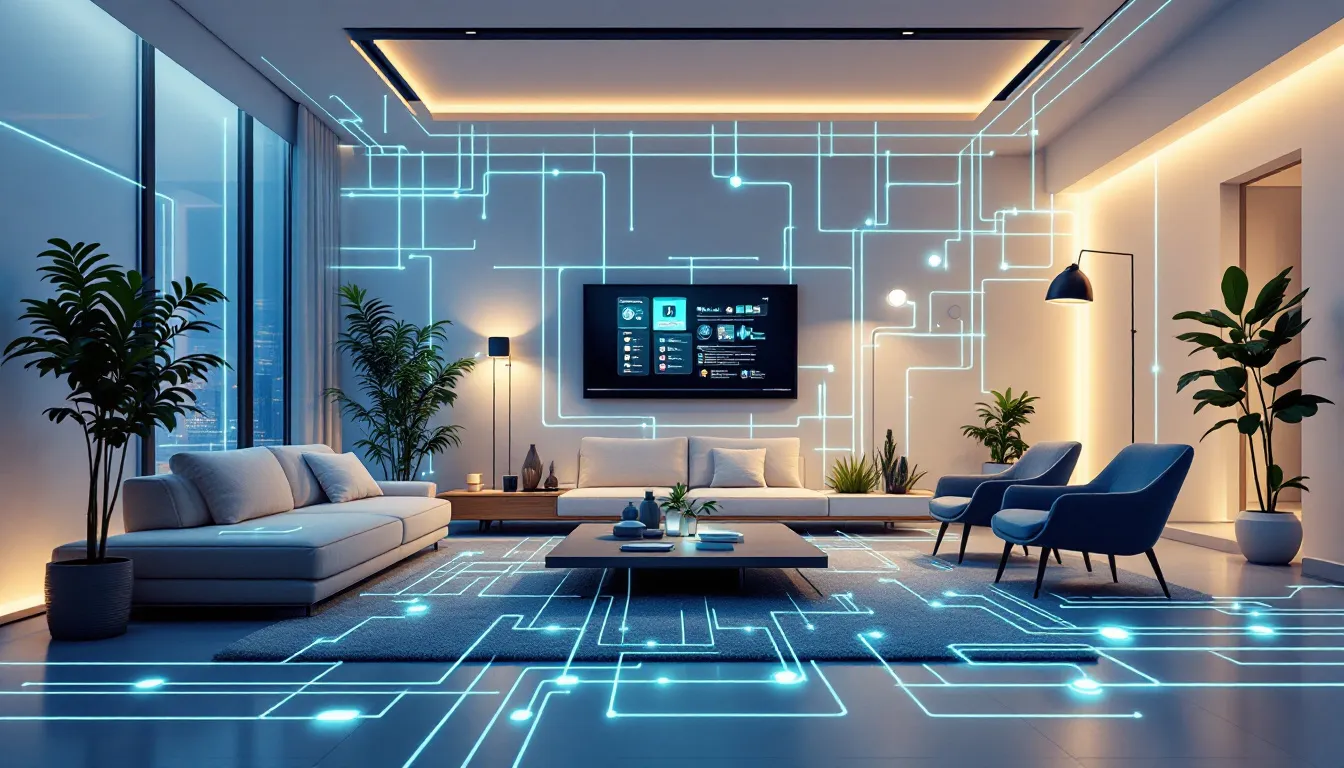Level 2 Charger Installation Cost: Complete 2025 California Guide
Explore the costs associated with Level 2 charger installation. Get insights on pricing factors and make informed decisions
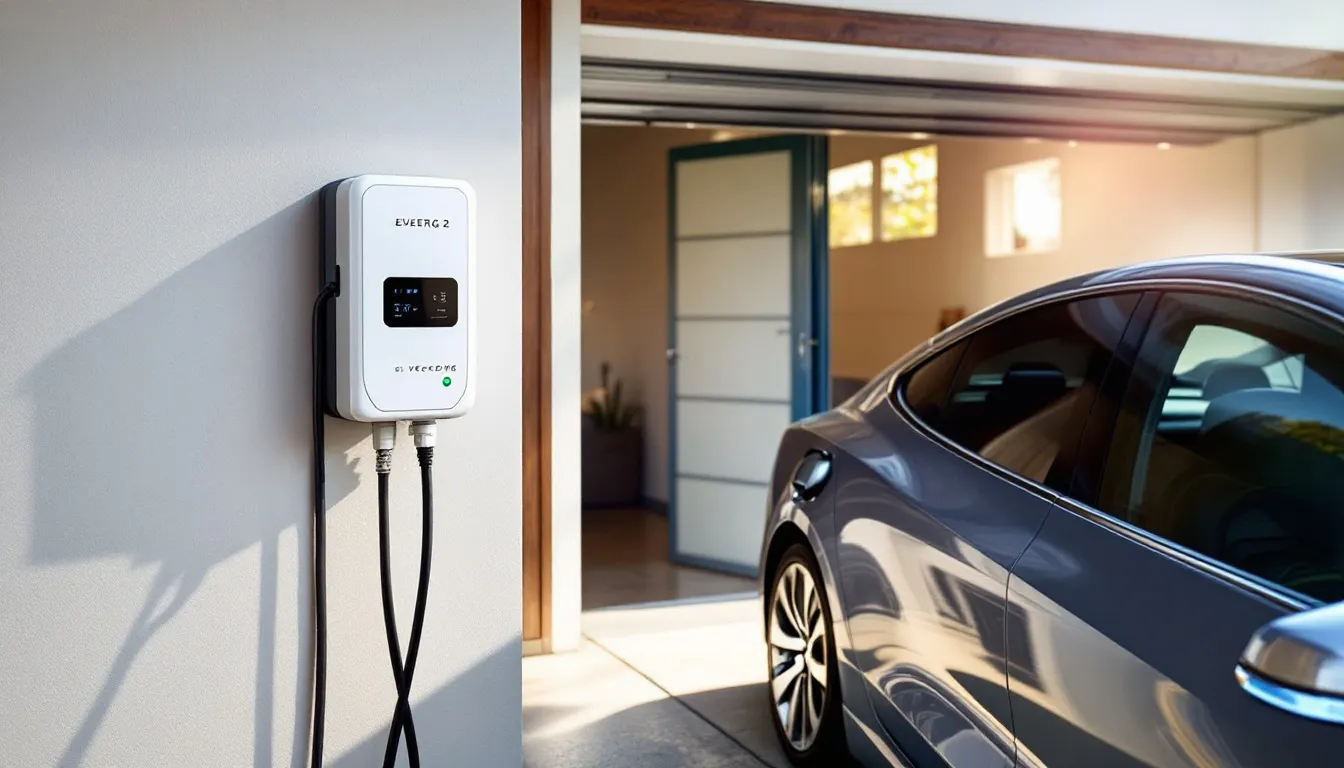
Key Takeaways
- Level 2 charger installation in California costs $1,200 to $3,500 in 2025, including equipment and professional installation
- California offers up to $2,000 in rebates through utility companies and state programs, significantly reducing net installation costs
- Waiting to install can cost you $500-$800 more due to rising material costs and expiring rebate programs in 2025
- Most installations require electrical panel upgrades ($800-$2,200) and permits ($75-$400) in California jurisdictions
- Professional installation takes 4-8 hours and includes load calculations, permits, and code compliance for safety
California’s electric vehicle revolution is accelerating, but many ev drivers still rely on slow Level 1 charging or expensive public charging stations. Installing a Level 2 charger at home can transform your EV ownership experience, but understanding the true installation costs requires navigating complex rebate programs and local requirements.
This comprehensive guide breaks down every aspect of level 2 charger installation cost in California for 2025. You’ll discover exactly how much you’ll pay, which rebates can slash your expenses, and why waiting to install will cost you more money. Whether you’re driving a Tesla, Nissan Leaf, or any other ev, this guide provides the detailed cost information California homeowners need to make informed decisions about home charging.

Level 2 Charger Installation Cost Breakdown for 2025
Complete Level 2 charger installation ranges from $1,200 to $3,500 in California, with most homeowners paying around $1,800 for a standard garage installation without major electrical upgrades. This total includes everything from equipment purchase to final inspection, but the final price varies significantly based on your home’s electrical system and installation location.
Equipment costs represent the largest variable in your budget. Basic Level 2 ev chargers cost $400-$700, while smart charging stations with WiFi connectivity and mobile app control range from $600-$1,200. Popular models include the Tesla Wall Connector ($425), ChargePoint Home Flex ($699), and JuiceBox Pro 40 ($589). Higher end units with advanced load management features can push equipment costs above $1,200, but these typically serve commercial applications or multi-vehicle households.
Professional installation labor accounts for $600-$1,500 of your total cost, depending on complexity and installation location. A licensed electrician must handle all hardwired ev charger installations in California to ensure code compliance and safety. Labor costs vary significantly across the state, with Bay Area electricians charging $150-$200 per hour compared to $80-$120 per hour in Central Valley markets.
Permits and inspections add $75-$400 to your project cost across California cities. Los Angeles charges approximately $150 for electrical permits, San Francisco requires $200, and San Diego typically costs $125. Some municipalities waive permit fees for ev charging installations, while others require additional inspections that increase total permitting expenses.
Most people completing a standard installation without panel upgrades can expect to spend around $1,800 total. This includes a quality 32-amp Level 2 charger ($500-$700), professional installation labor ($600-$800), and local permits ($100-$200). However, homes requiring electrical upgrades or complex routing can easily reach $2,500-$3,500 in total installation costs.
California-Specific Installation Costs for 2025
Regional cost variations across California significantly impact your final installation cost, with Bay Area installations averaging $2,200-$3,500 due to higher labor costs and permit fees. The combination of expensive real estate, strict building codes, and premium electrician rates drives up installation costs throughout Northern California’s metropolitan areas.
Bay Area installations command premium pricing, with San Francisco and Silicon Valley charging the highest rates statewide. A typical installation requiring minimal electrical work costs $2,200-$2,800, while homes needing panel upgrades or extensive wiring can reach $3,500 or more. The region’s experienced electricians justify higher labor costs with faster project completion and superior code compliance records.
Los Angeles County installations typically cost $1,800-$2,800 including permits and standard electrical work. The county’s diverse geography creates cost variations, with affluent coastal areas like Manhattan Beach and Santa Monica charging premium rates similar to the Bay Area. Inland areas such as Lancaster and Palmdale offer more competitive pricing closer to the statewide average.
Central Valley and inland areas see lower costs of $1,200-$2,200 for similar installations, making them among California’s most affordable markets for ev charger installation. Cities like Fresno, Stockton, and Sacramento benefit from lower labor costs and streamlined permitting processes. However, the savings may be offset by longer travel distances for specialized electricians and limited equipment availability.
Coastal areas including San Diego, Santa Barbara, and Monterey range $1,900-$3,200 with additional weatherproofing requirements. Ocean proximity demands enhanced corrosion protection and moisture sealing, adding $100-$200 to material costs. These installations also require careful consideration of marine layer effects on electrical components.
All California installations must comply with Title 24 energy efficiency standards, adding $100-$200 to costs through required energy monitoring capabilities and enhanced safety features. This state-specific requirement ensures ev charging integrates properly with California’s grid modernization initiatives but increases baseline installation expenses statewide.
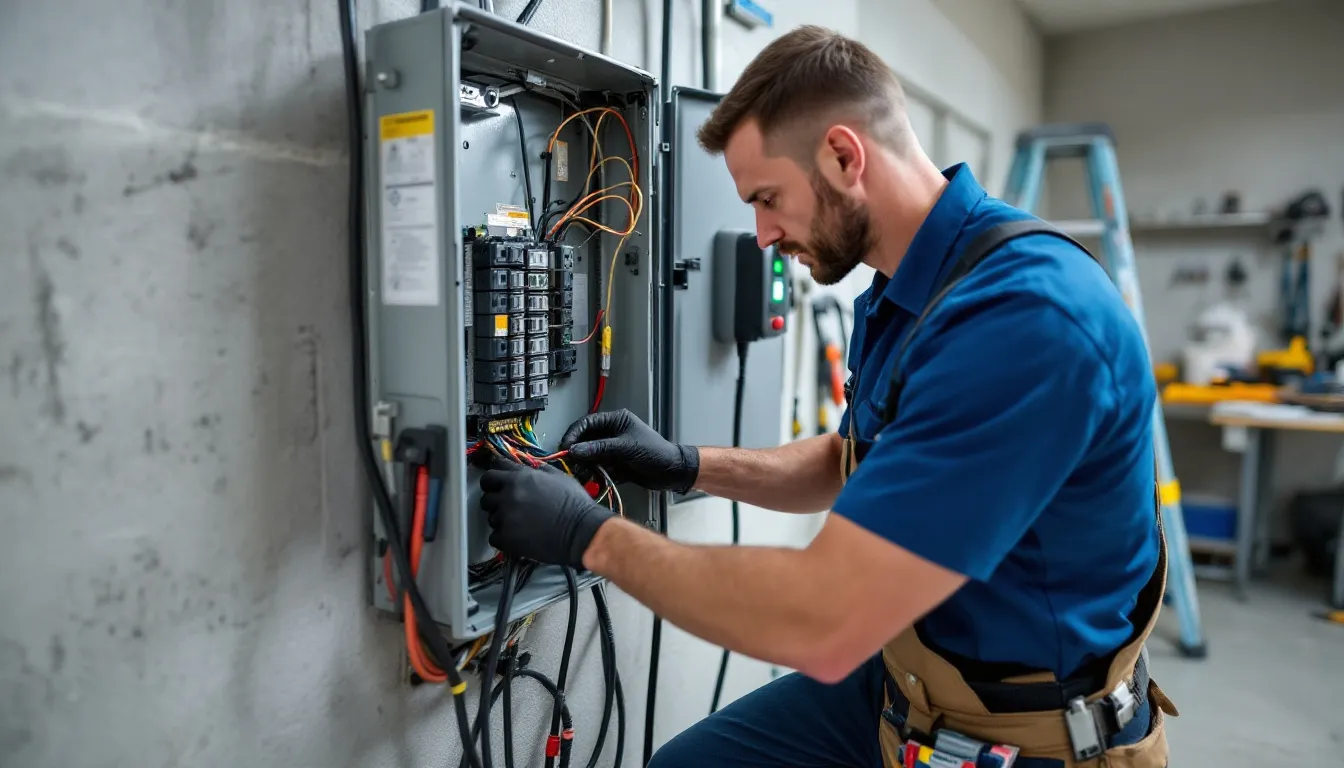
Factors That Affect Your Installation Cost
Six major cost factors determine your final installation cost, with electrical panel capacity representing the most significant expense variable for California homeowners. Understanding these factors helps you budget accurately and avoid surprise expenses during your charger installation project.
Electrical Panel Upgrades
Panel upgrades from 100-amp to 200-amp service cost $800-$2,200 in California, representing the largest potential expense in your installation budget. Most homes built before 1990 require upgrades to safely support Level 2 charging alongside existing electrical loads. The main electrical panel must provide adequate capacity for your home’s electrical system plus the additional 30-50 amp circuit required for ev charging.
Adding a subpanel for dedicated ev circuit costs $650-$1,200 including materials and labor when your existing panel lacks available slots. This option works well for homes with sufficient main service capacity but limited circuit breaker space. Subpanels require proper grounding and bonding to meet California electrical codes.
Older homes built before 1970 may require complete service upgrades including new meter connections and utility coordination. These extensive projects cost $1,500-$3,000 but provide long-term electrical capacity for future home improvements. Panel upgrade projects typically take 6-8 hours and require utility company coordination for temporary power disconnection.
PG&E, SCE, and SDG&E territories have different interconnection requirements affecting upgrade costs. Some utility companies require smart meters or load monitoring equipment that adds $200-$400 to upgrade expenses. However, many utilities offer rebates for panel upgrades that include ev charging preparation, partially offsetting these additional costs.
Installation Location and Distance
Garage wall installations cost $200-$500 for electrical work when the panel is nearby (within 25 feet), making them the most economical option for most homeowners. Direct routing through finished garage walls minimizes labor time and material costs while providing convenient vehicle access. Most evs accommodate charging cables up to 25 feet long, allowing flexible parking arrangements.
Outdoor installations require weatherproof enclosures adding $300-$600 to total cost for proper protection against California’s diverse climate conditions. Coastal installations need marine-grade materials to resist salt corrosion, while inland areas require UV-resistant components for intense sun exposure. All outdoor charging stations must meet NEMA enclosure ratings specified in local building codes.
Distance over 25 feet from the electrical panel adds $15-$25 per foot for conduit and wiring, quickly escalating costs for remote installation locations. Complex routing through finished spaces or around obstacles increases labor time significantly. Underground routing typically costs more power than overhead installation but provides cleaner aesthetics and better protection.
Trenching for underground wiring to detached garages costs $8-$12 per linear foot in California, not including concrete cutting or landscape restoration. Rocky soil conditions or utility line conflicts can double trenching costs. Most contractors recommend combining trenching projects with other electrical work to spread mobilization costs across multiple improvements.
Charger Type and Features
Basic 32-amp Level 2 chargers cost $400-$700 and provide reliable charging for most evs without advanced connectivity features. Models like the Grizzl-E and ClipperCreek HCS-40 offer simple operation with physical controls and LED status indicators. These units deliver 25-30 miles of range per charging hour for typical vehicles, sufficient for most daily driving needs.
Smart chargers with WiFi and scheduling capabilities cost $600-$1,200 but offer significant advantages for California ev drivers. Features include time-of-use charging optimization, mobile app monitoring, and utility demand response participation. Popular models include the ChargePoint Home Flex ($699) and JuiceBox Pro 40 ($589), which integrate seamlessly with home energy management systems.
Tesla Wall Connector installations cost $425 plus $500-$800 for professional installation, providing optimized charging for Tesla vehicles. While Tesla cars can charge using universal J1772 chargers, the Wall Connector offers faster charging speeds and sleeker aesthetics. Tesla owners should consider future vehicle purchases when selecting between proprietary and universal charging solutions.
Universal chargers with J1772 connectors cost $500-$900 for quality models with comprehensive warranties and typically serve households with multiple ev brands. These charging stations accommodate virtually all electric vehicles except Teslas (which require adapters). Investing in universal compatibility protects against future vehicle changes and maintains broader resale appeal.
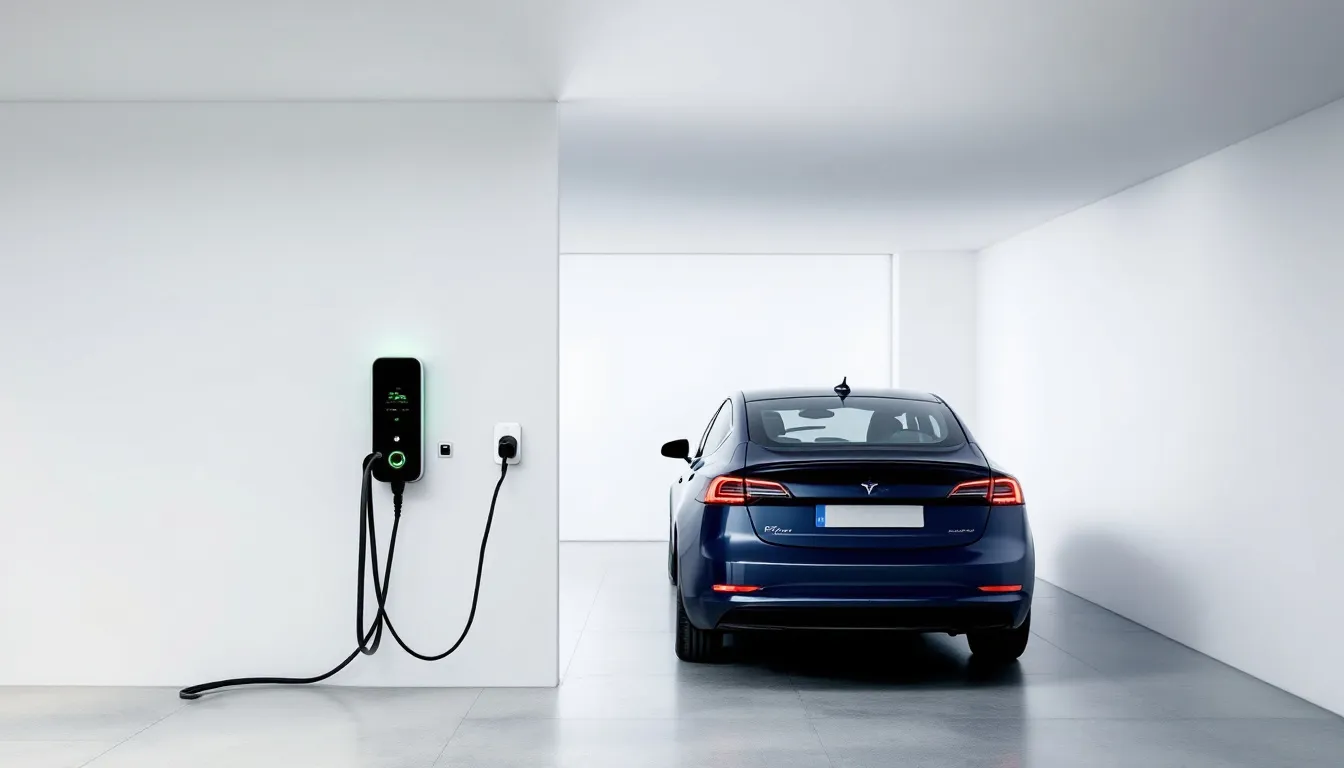
California Rebates and Incentives for 2025
California offers the nation’s most generous ev charger rebate programs, with eligible homeowners receiving up to $2,000 in combined incentives that significantly reduce net installation costs. Understanding application deadlines and program requirements maximizes your savings potential while ensuring compliance with eligibility criteria.
Utility Company Rebates
PG&E Clean Fuel Reward provides $500 rebates for Level 2 charger installation through December 2025, making it one of Northern California’s most accessible programs. Eligible customers must install qualifying smart chargers and enroll in time-of-use electric rates within 90 days. The program requires licensed electrician installation and typically processes rebate payments within 6-8 weeks of completed applications.
Southern California Edison (SCE) offers $1,000 rebates for residential Level 2 chargers with smart features, representing the state’s largest single utility incentive. Participating customers must purchase eligible charging stations from approved vendor lists and complete installation within six months of rebate approval. SCE’s program emphasizes grid integration and demand response capabilities.
SDG&E Power Your Drive program provides $500-$800 rebates depending on charger type and installation date, with higher incentives for income-qualified participants. The program includes additional bonuses for customers installing solar panels or battery storage systems alongside ev charging. Application deadlines vary by program funding availability, typically operating on first-come, first-served basis.
SMUD (Sacramento) offers $500 rebates plus $200 bonuses for income-qualified customers, extending savings to Central Valley residents. The municipal utility emphasizes affordability and has processed over 5,000 rebate applications since program inception. SMUD customers benefit from streamlined applications and faster processing compared to larger investor-owned utilities.
State and Federal Programs
Federal tax credit covers 30% of total installation cost up to $1,000, extended through 2032 under recent legislation. This refundable credit applies to both equipment and labor costs, making it valuable for comprehensive installations requiring electrical upgrades. Homeowners claim the credit when filing annual tax returns, with unused credits carrying forward to subsequent tax years.
California EVSE incentive programs vary by air quality district with rebates up to $1,000 for residential installations. The South Coast Air Quality Management District offers the most generous incentives, while Bay Area and Central Valley districts provide moderate rebate levels. These programs typically require pre-approval and proof of income eligibility.
CARB equity programs offer up to $2,000 for low-income households in disadvantaged communities, addressing environmental justice concerns while promoting ev adoption. Eligible participants must meet strict income guidelines and reside in qualifying census tracts. These programs often include additional benefits such as reduced utility rates and priority installation scheduling.
Local city programs in Palo Alto ($750), Santa Monica ($500), and Berkeley ($400) provide additional rebates that stack with utility and state incentives. Many cities waive permitting fees for ev charger installations, saving an additional $100-$400. Local programs often have limited funding and may suspend operations when annual budgets are exhausted.
Why Waiting to Install Costs You More Money
Material costs increased 12-18% in 2024 and are projected to rise another 8-15% through 2025, making delayed installation increasingly expensive for California homeowners. Global supply chain disruptions, inflation in copper and steel prices, and increased demand for electrical components drive these cost increases across all installation categories.
California’s Title 24 requirements become stricter in 2026, potentially adding $300-$500 to compliance costs for new installations. Updated energy efficiency standards will require advanced monitoring capabilities and grid integration features that increase equipment and installation complexity. Current installations under existing codes avoid these future requirements while maintaining full code compliance.
Several utility rebate programs expire or reduce funding in late 2025, with PG&E’s Clean Fuel Reward program ending December 31, 2025. SCE and SDG&E have indicated potential reductions in rebate amounts as adoption targets are met. Waiting beyond program deadlines eliminates substantial savings opportunities that may not return in future years.
Licensed electrician availability continues decreasing with high demand, pushing labor costs up $200-$400 annually across California markets. The state’s ambitious electrification goals create unprecedented demand for electrical contractors specializing in ev infrastructure. Skilled electricians increasingly focus on large commercial projects, limiting residential availability and increasing hourly rates.
Public charging costs are rising 20-30% annually, making delayed home installation more expensive over time. Networks like Electrify America and EVgo have implemented peak pricing and subscription models that increase long-term charging expenses. Homeowners who delay installation face rising opportunity costs as public charging becomes less economical compared to home electricity rates.
Installing your Level 2 charger in early 2025 locks in current pricing while maximizing rebate eligibility. Most contractors can provide price guarantees for 60-90 days, protecting against near-term cost increases. The combination of rising installation costs and declining incentive availability creates a compelling financial case for immediate action.
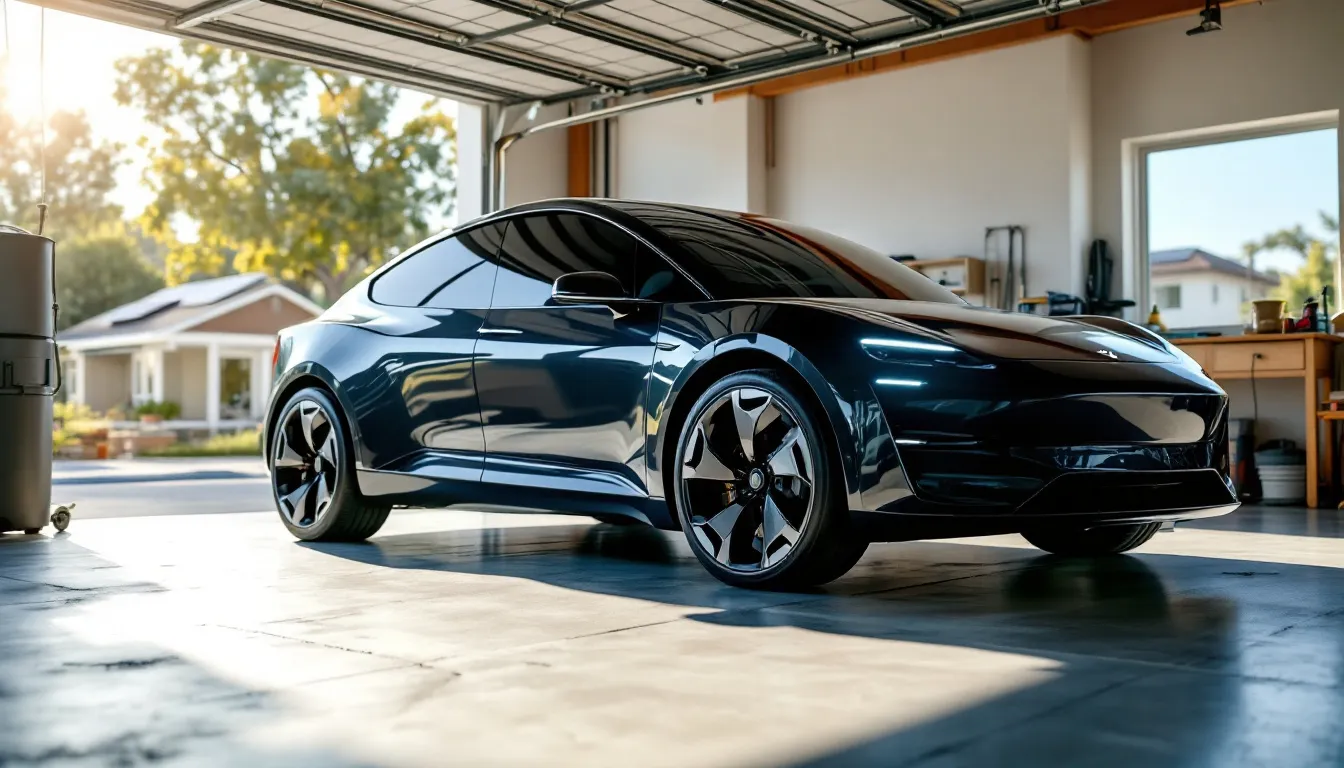
Professional Installation Process and Timeline
The complete timeline from consultation to final inspection typically takes 2-4 weeks in California, depending on permit processing speeds and electrician availability in your area. Understanding each phase helps you plan accordingly and ensures realistic expectations for your home charging project.
Pre-Installation Assessment
A licensed electrician performs load calculations to determine electrical capacity during the initial 1-2 hour assessment. This critical evaluation examines your home’s electrical system capacity, existing circuits, and panel condition to identify necessary upgrades. Load calculations ensure your electrical panel can safely support the additional 30-50 amp circuit required for Level 2 charging without overloading existing circuits.
Site evaluation for optimal charger placement considers cable reach and vehicle parking patterns while maximizing installation efficiency. The electrician evaluates potential mounting locations, measures distances from the electrical panel, and identifies any obstacles requiring special routing. Proper placement ensures convenient daily use while minimizing installation complexity and costs.
Permit application submission requires 1-2 weeks processing time in most California cities, with variations based on local government efficiency and application completeness. Many electricians handle permit applications as part of their service, ensuring proper documentation and code compliance. Some jurisdictions offer expedited processing for ev charger installations to support state electrification goals.
The final quote includes all materials, labor, permits, and potential upgrades identified during the assessment. Comprehensive quotes protect homeowners from surprise expenses while ensuring contractors account for all project requirements. Professional electricians typically guarantee quotes for 60-90 days, providing time for rebate applications and project scheduling.
Installation Day Process
Electrical panel work and circuit installation requires 2-4 hours for standard installations without major upgrades. The electrician installs a dedicated circuit breaker, routes appropriate gauge wiring to the charger location, and ensures proper grounding throughout the system. Panel work may require temporary power disconnection, so plan accordingly for any devices requiring continuous electricity.
Charger mounting and final connections take 1-2 hours with testing and commissioning to ensure proper operation. The charging station mounts securely to wall studs or concrete surfaces using appropriate hardware for your installation location. Final electrical connections include proper wire termination, ground fault protection, and verification of all safety systems.
Smart charger setup includes WiFi configuration and mobile app integration for units with connectivity features. The electrician tests all communication functions and helps configure charging schedules optimized for your utility’s time-of-use rates. Mobile apps typically provide energy usage monitoring, charging status notifications, and remote control capabilities.
Final inspection scheduling occurs within 1 week of installation completion, with most California jurisdictions requiring inspector approval before energizing the system. The electrician coordinates with local authorities and ensures all work meets current electrical codes. Passed inspections confirm safe installation and maintain warranty coverage for both equipment and labor.
Frequently Asked Questions
Do I need to upgrade my electrical panel for Level 2 charger installation?
Most homes built after 1990 with 200-amp electrical panels can accommodate Level 2 chargers without upgrades, but older homes with 100-amp or smaller panels typically require upgrades costing $800-$2,200 in California. A licensed electrician must perform load calculations to determine if your home’s electrical system has sufficient capacity for the additional 30-50 amp circuit required for ev charging. Panel upgrades often qualify for additional utility rebates that offset some costs, and many utility companies offer rebates specifically for electrical panel upgrades that include ev charging preparation.
How long does Level 2 charger installation take in California?
Simple installations without electrical upgrades take 4-6 hours on installation day, while complex installations requiring panel upgrades or extensive trenching can take 6-8 hours. The total project timeline including permits and inspections typically spans 2-4 weeks from initial consultation to final approval. Emergency installations can sometimes be completed in 3-5 business days for additional fees, but most homeowners find standard scheduling provides better value and ensures thorough permit processing.
Can I install a Level 2 charger myself to save money?
California requires licensed electricians for all hardwired ev charger installations per NEC and local building codes, making DIY installation illegal and dangerous. Improper installation creates fire hazards, violates homeowner’s insurance policies, and voids equipment warranties. Professional installation ensures safety, code compliance, and eligibility for utility rebates that require licensed installation verification. The security solution provided by professional installation protects your investment and family safety while maintaining compliance with all applicable regulations.
What happens if my HOA restricts EV charger installation?
California Civil Code 4745 prohibits HOAs from unreasonably restricting ev charger installation, giving homeowners strong legal protection for reasonable installation requests. HOAs can require architectural approval for aesthetic considerations but cannot deny properly planned installations that meet building codes and safety requirements. Homeowners may be responsible for additional costs like dedicated metering or common area modifications in some cases. Legal consultation may be necessary for HOAs that attempt to block compliant installation plans, but most associations cooperate once they understand the legal requirements.
Are there special requirements for Level 2 chargers in fire-prone areas of California?
High fire hazard zones may require additional shutoff switches and fire-resistant materials that add $200-$400 to installation costs. Some jurisdictions require enhanced ground fault protection and arc fault circuit interruption for outdoor installations in fire-prone areas. Public Safety Power Shutoffs (PSPS) don’t affect home charging when utility power is restored, but battery backup systems can be integrated with Level 2 chargers for emergency power during extended outages. These installations must meet stricter building codes that may require additional permitting and inspection steps.




